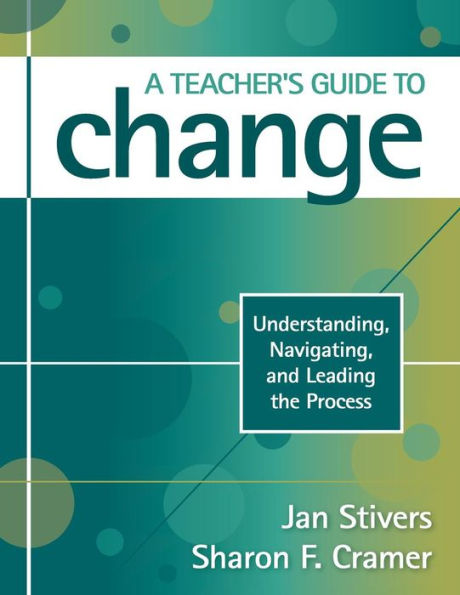5
1
9781412964470



A Teacher's Guide to Change: Understanding, Navigating, and Leading the Process / Edition 1 available in Hardcover, Paperback, eBook

A Teacher's Guide to Change: Understanding, Navigating, and Leading the Process / Edition 1
- ISBN-10:
- 1412964474
- ISBN-13:
- 9781412964470
- Pub. Date:
- 07/30/2009
- Publisher:
- SAGE Publications
- ISBN-10:
- 1412964474
- ISBN-13:
- 9781412964470
- Pub. Date:
- 07/30/2009
- Publisher:
- SAGE Publications

A Teacher's Guide to Change: Understanding, Navigating, and Leading the Process / Edition 1
$39.95
Current price is , Original price is $39.95. You
39.95
In Stock

Product Details
| ISBN-13: | 9781412964470 |
|---|---|
| Publisher: | SAGE Publications |
| Publication date: | 07/30/2009 |
| Edition description: | New Edition |
| Pages: | 154 |
| Product dimensions: | 8.40(w) x 10.90(h) x 0.50(d) |
About the Author
From the B&N Reads Blog



